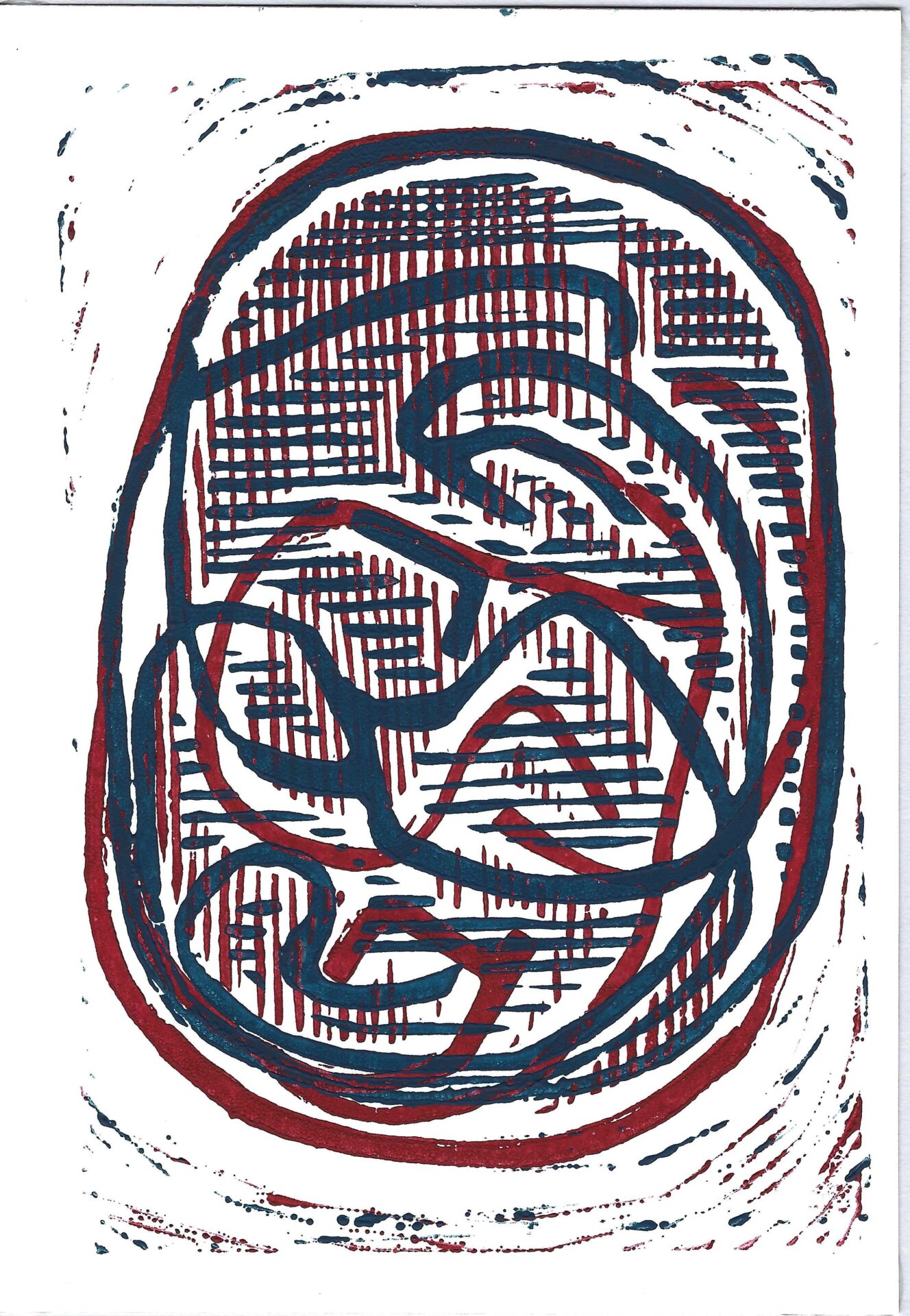[Originally published in 2012.03.30 as: “#blogexodus : (the cup of) redemption”]
Think of each cup of wine as a toast to the generations of our people who committed themselves to the struggle for liberation in their own day.

With the second cup of wine, we recall the second promise, the second stage of our redemption, the actual rescue from slavery:
וְהִצַּלְתִּי אֶתְכֶם מֵעֲבֹדָתָם
I will deliver you from their bondage. [Ex. 6:6]
Raise the second cup of wine and sing:
וְהִיא שֶׁעָמְדָה לַאֲבוֹתֵינוּ וְלָנוּ, שֶׁלֹּא אֶחָד בִּלְבַד עָמַד עָלֵינוּ לְכַלּוֹתֵנוּ, אֶלָּא שֶׁבְּכָל–דּוֹר וָדוֹר עוֹמְדִים עָלֵינוּ לְכַלּוֹתֵנוּ, וְהַקָּדוֹשׁ בָּרוּךְ הוּא מַצִּילֵנוּ מִיָּדָם
V’he she’amdah la’avoteinu v’lanu. Shelo echad bilvad amad aleinu l’chaloteinu. Ehlah, she’b’chol dor vador omdim aleinu l’chaloteinu. V’haKadosh Baruch Hu matzileinu miyadam.
This force that rose up against our ancestors was not the only one that rose up to destroy us. In each and every generation, there are those who rise up to destroy us. And Righteous Gentiles stand beside us, helping us defend ourselves. They are appreciated extensions of the Holy One, who is to be blessed, as together we work for a better world.
Set down the cup of wine.
But, before we drink…
Why us? Why the Jewish people? Our numbers amount to little more than a statistical error in the census of China. Why do we play such an active role in our world? Perhaps we can find an answer in the questions we ask and the stories we tell tonight.
The leaders of Babylonian Jewry in the eleventh century added this, one of the oldest stories about the Seder to the Haggadah:
מַעֲשֶׂה בְּרַבִּי אֱלִיעֶזֶר וְרַבִּי יְהוֹשׁוּעַ וְרַבִּי אֶלְעָזָר בֶּן עֲזַרְיָה וְרַבִּי עֲקִיבָה וְרַבִּי טַרְפוֹן, שֶׁהָיוּ מְסֻבִּין בִּבְנֵי בְרָק; וְהָיוּ מְסַפְּרִין בִּיצִיאַת מִצְרַיִם כָּל אוֹתוֹ הַלַּיְלָה, עַד שֶׁבָּאוּ תַּלְמִידֵיהֶם וְאָמְרוּ לָהֶם, רַבּוֹתֵינוּ, הִגִּיעַ זְמָן קִרְיַת שְׁמַע שֶׁלְּ שַׁחְרִית
During the Roman oppression, five rabbis—Akiva, Tarfon, Yehoshu’a, Elazar ben Azaria, and Eliezer—held a Seder in the town of B’nai B’rak. They delved deeply into the Haggadah until dawn broke. Then, their students came and said, “Rabbeinu, it is time for dawn devotions.”
We don’t know why Babylonian leaders added this story. According to tradition, it was not our salvation from Egyptian slavery that these rabbis discussed but the struggle against Roman oppression of their time.
However, these five sages represent three separate generations, and their students calling them to morning prayers represent a fourth. It is highly unlikely that they were all able to be at the same seder.
Rather, the sages’ all-night study models at least two important aspects of the Pesach seder. It is centered not on children but on adults: this story balances the Four Children and the Four Questions. You should ask at least four questions, then discuss till the break of dawn to celebrate our redemption. In addition, it stresses the ability to have conversations across time, where texts and actors from one generation of Jewish life are present to comment and clarify events and texts of another period. [taught by Rabbi Cliff Librach ז,ל]
In addition, perhaps our Babylonian sages added this story during apparently peaceful times to remind us that in every generation, people struggle for liberation, redemption, salvation, renewal, freedom, liberty, and right.
Who are the people struggling for freedom in our time?
We need to count ourselves among them.
What have I done this past year to increase freedom?
In their honor, and in honor of all the people of the world who have joined in the struggle for peace, for freedom, and to make the world a better place in which to live, we drink the second cup of wine.
what is “#blogexodus”?
My friend and colleague Phyllis Sommers has thought of yet a new creative way to prepare for Peasach. You can learn more here.


